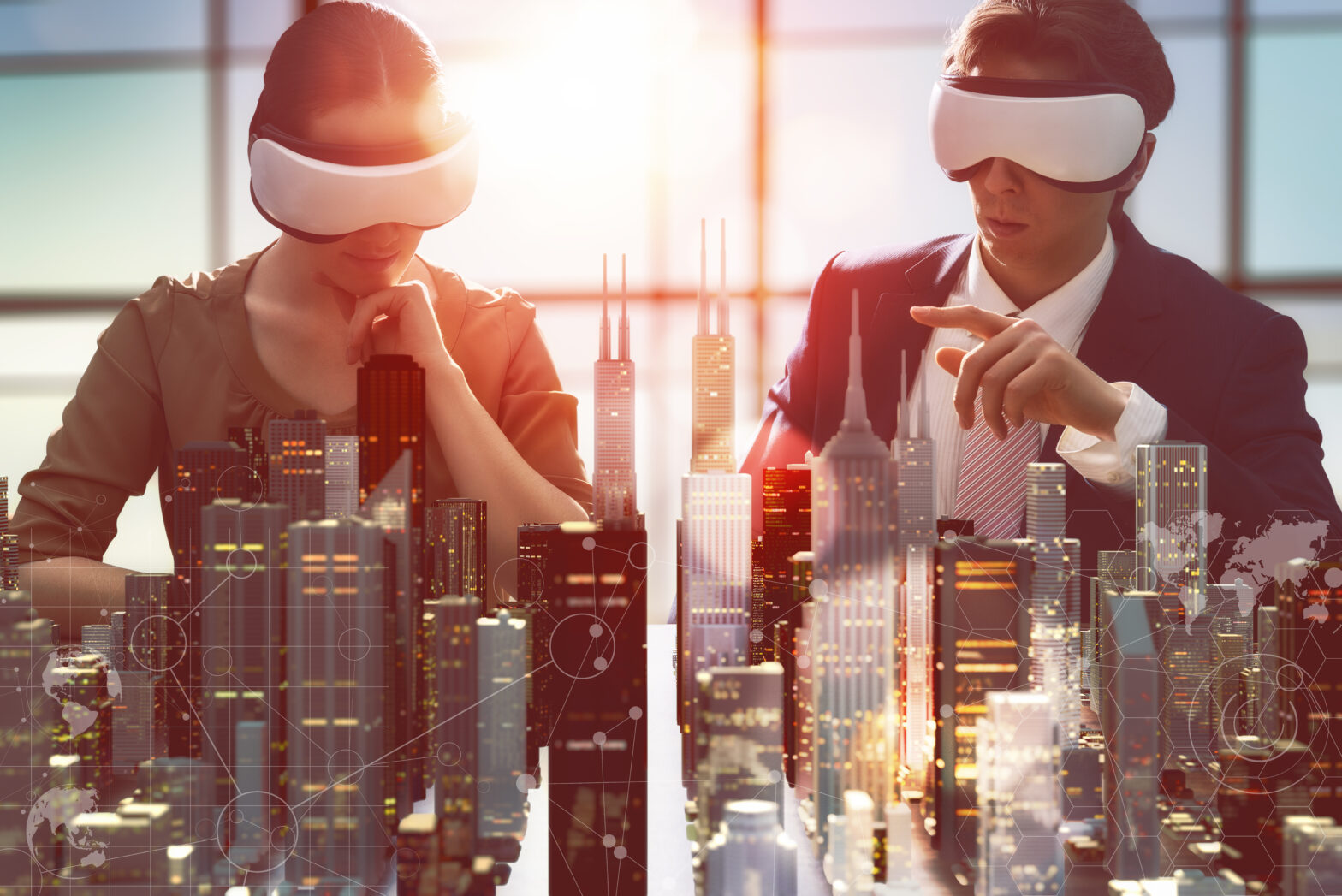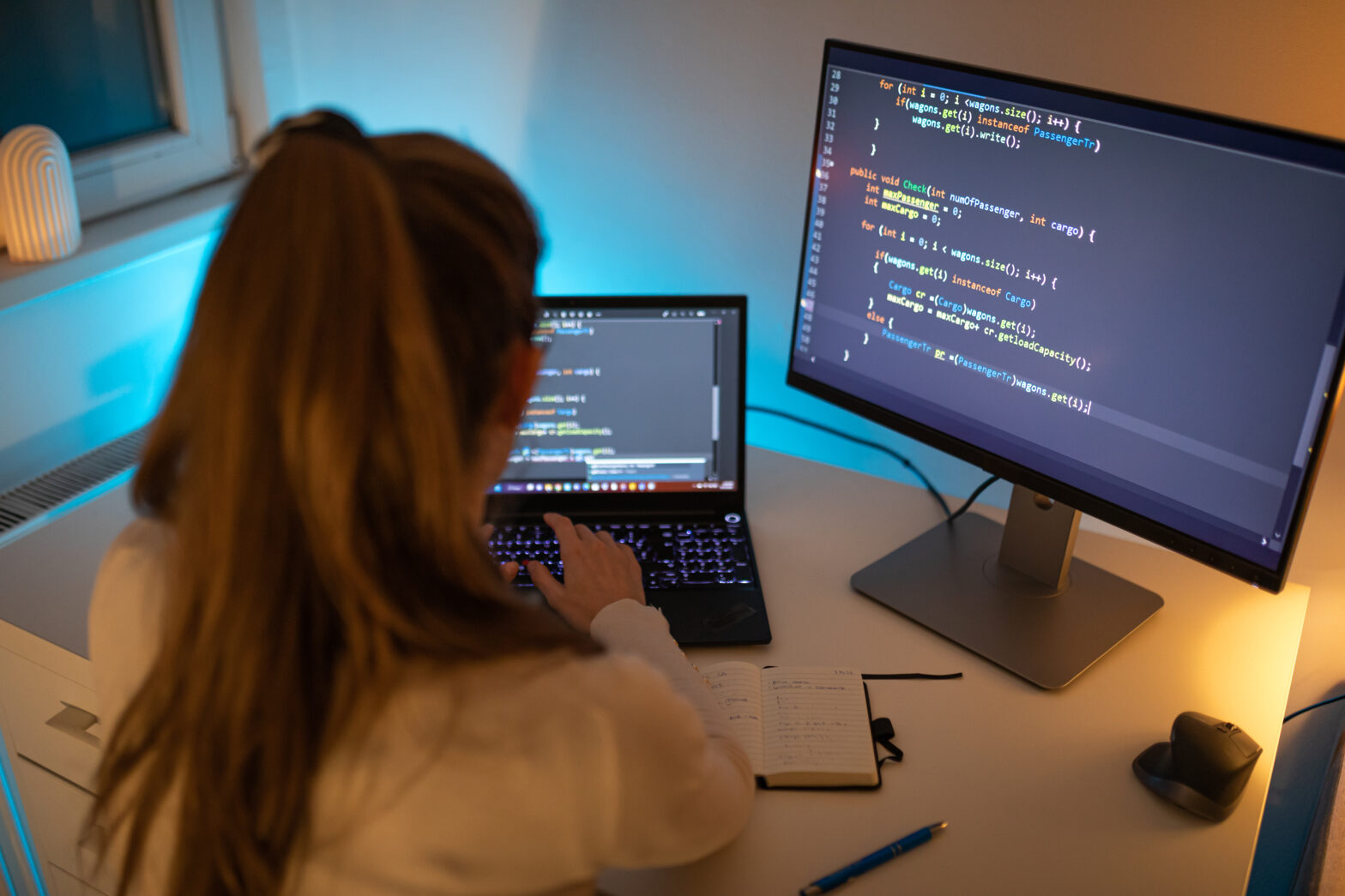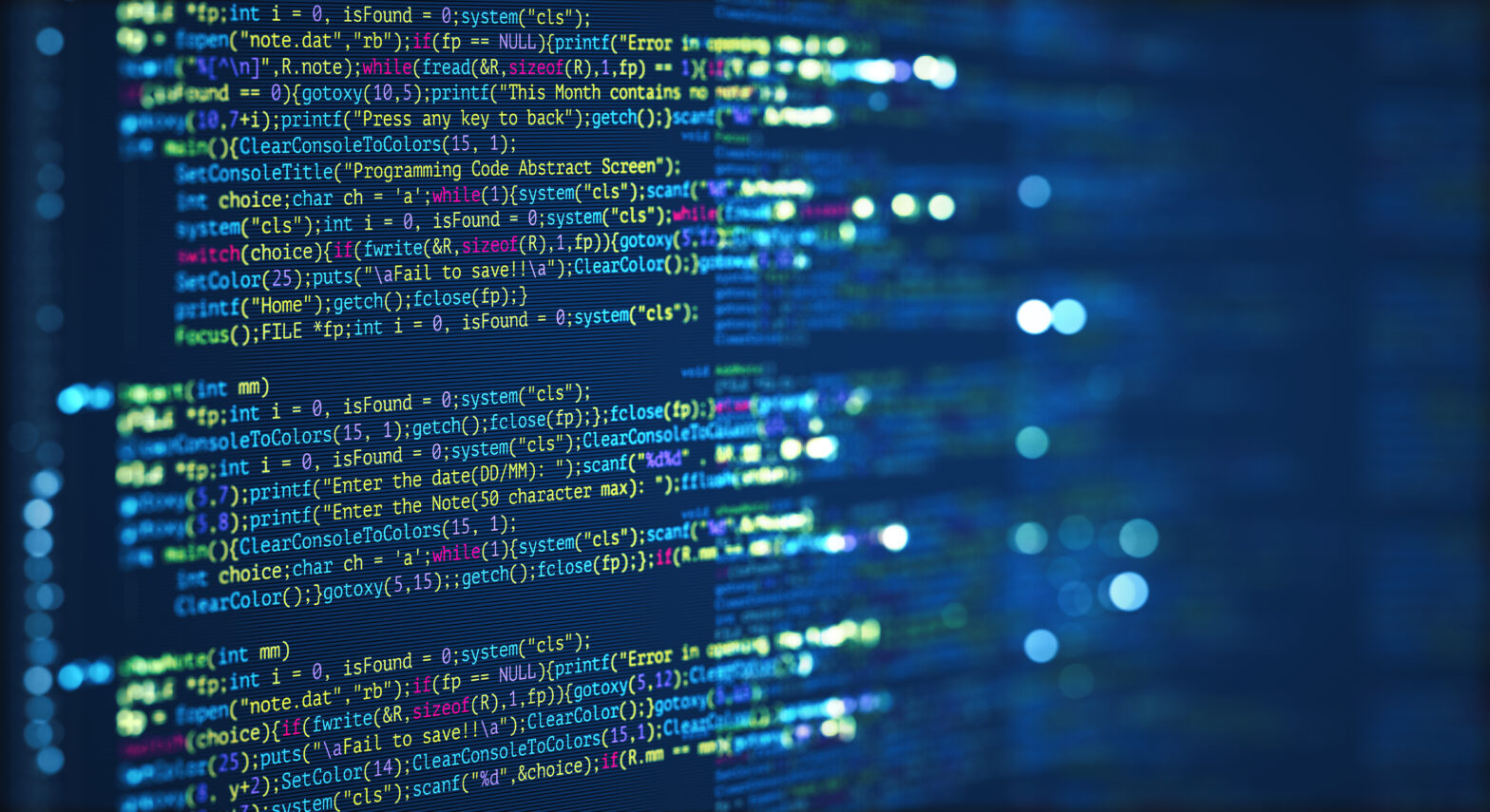Virtual reality allows students to be absolutely captivated by the teaching. All teachers want their students to fully concentrate on their lesson. Some students struggle to concentrate in class but will in their spare time devote many hours of concentration to gaming. Working late into the night on their consoles reaching the next level is common, but how many of those millions would do the same to study?
Educational success is the key determinant for a good future. Unfortunately, many students are failed by the education system. These are not all disruptive, lazy or ‘stupid’. In many cases the current education system does not suit them and they get nothing from it except boredom and demotivation.
It has been demonstrated that anyone from the highest achiever to the ‘total academic failure’ can benefit from the way virtual worlds impart educational content. The playing of games for hours shows that people can easily concentrate for that length of time and that during that time they are learning – even though the lessons may seem meaningless outside the game itself. These lessons are absorbed without even knowing it is happening. How else can players rise through the levels and achieve their rewards.
Game on
Many gamers are keen users of VR headsets because they impart a deeper impression of the virtual world than a computer screen through immersive interaction. The cost of these devices is becoming reasonable as the hardware and its application areas evolve. Google’s Cardboard VR glasses in combination with an application, for instance, cost very little money, while high-end devices with faster refresh rates, hand control and motion capture used in gaming are becoming affordable – currently in the hundreds of pounds range.
Transferring the lessons of gaming to educational applications produces the immediate benefit that the students can fully engage in the virtual world and learn their lessons there. Students of any age can be fascinated by virtual worlds which means it can be deployed from pre-school through to tertiary education then continuously applied to in-work training.
>See also: Medicine, science, education: the evolution of VR will provide endless possibilites
The UK alone requires 70,000 new engineers every year to cover the current skills shortage. And a serious problem currently facing STEM education is that students learn each subject in isolation. In a world of work where cross-disciplinary and cross-organisational team skills are required, this is an obvious disadvantage to job seekers and employers.
Working in cross-disciplinary teams means communicating, sharing and combining experiences and skills. Learning this way makes the students more employable because their educational experience and acquired set of skills closely matches their eventual work environment.
Virtual worlds of STEM
The use of virtual worlds can easily supplement traditional chalk and talk lessons and replace 2D presentation that many students find uninspiring. Stepping into a virtual world shows students the what, how and why that make learning interesting and compelling. VR can be applied to most learning and is particularly appropriate for teaching STEM subjects or training people for engineering work. This is because of the highly realistic 3D visualisation content including animated 3D simulations of very complex products, processes and systems.
Here the advantages are clear. Students can for example work on a virtual aero engine without the need to have a real one. The cost implications are considerable because not only is it way more cost-efficient to use a virtual engine but the risk of damage or harm is greatly reduced as well.
And a whole class of trainees can simultaneously work on the virtual model of an engine and see it in all the detail they need to fully understand it. Its operation can be simulated so that students can even be inside the engine as it is working. This is impossible in real-life and takes learning experience to a new level.
Homework
Using virtual content and VR hardware allows students to work on their projects at a distance from their place of education – to effectively take the lesson away and work on that aero engine or any other project at home. This means students can develop their studies and overcome weaknesses in the same environment that they were using at school, college or work. Just like gaming they achieve instant feedback and rewards while moving up to the next level.
Training for work uses the same approach: to create virtual environments where people can experience dangerous and hazardous activities, without any risk to themselves or others. Setting up a nuclear power station, a deep mine or an oil refinery with its full detail in the virtual world means people can learn processes and practice safely as many times as they need to while gaining the confidence and experience required to operate in the real world.
This kind of training lets people experience virtually any event such a leak, a flood or a fire while learning how to deal with it. Developing digital content is educational itself since students work on industry-leading design simulation application such as SolidWorks. The development of virtual worlds brings together many different disciplines each of which learns about the others through collaboration. This in turn leads to innovation as departments, subjects and ideas merge.
>See also: Augmented reality vs. virtual reality: what does the future look like?
Recreating history
Even subjects beyond STEM can benefit greatly from virtual worlds. History can be recreated and brought back to life, physical and social geography modelled, creatures virtually reanimated. The introduction of artificial intelligence could be used to simulate a boardroom, a courtroom or any other encounter.
Companies from the automotive industry, for instance, are addressing their customers using their own virtual worlds. Small physical retail spaces can virtually demonstrate huge ranges of products such as vehicles and furniture with all options being available while potential buyers are able to individualise and experience their product as never before.
The low cost and speed of creating and deploying virtual worlds for education means that in India, for example, using VR has become part of the Digital India and Skills India programmes that include thousands of training partners and up to 55 million students who learn and train to outdistance the rest of the world towards the dream of making India the skills capital of the world.
There has been a revolution in the past few years with advanced software applications and hardware technologies becoming available to anyone. The next years will see that more and more people are educated in a variety of ways using virtual worlds to see and experience the real world and study in new, more comprehensive ways. Its power to teach is well proven while its educational and training potentials are literally unlimited.
Sourced from John Stokoe, head of strategy development EuroNorth, Dassault Systèmes










